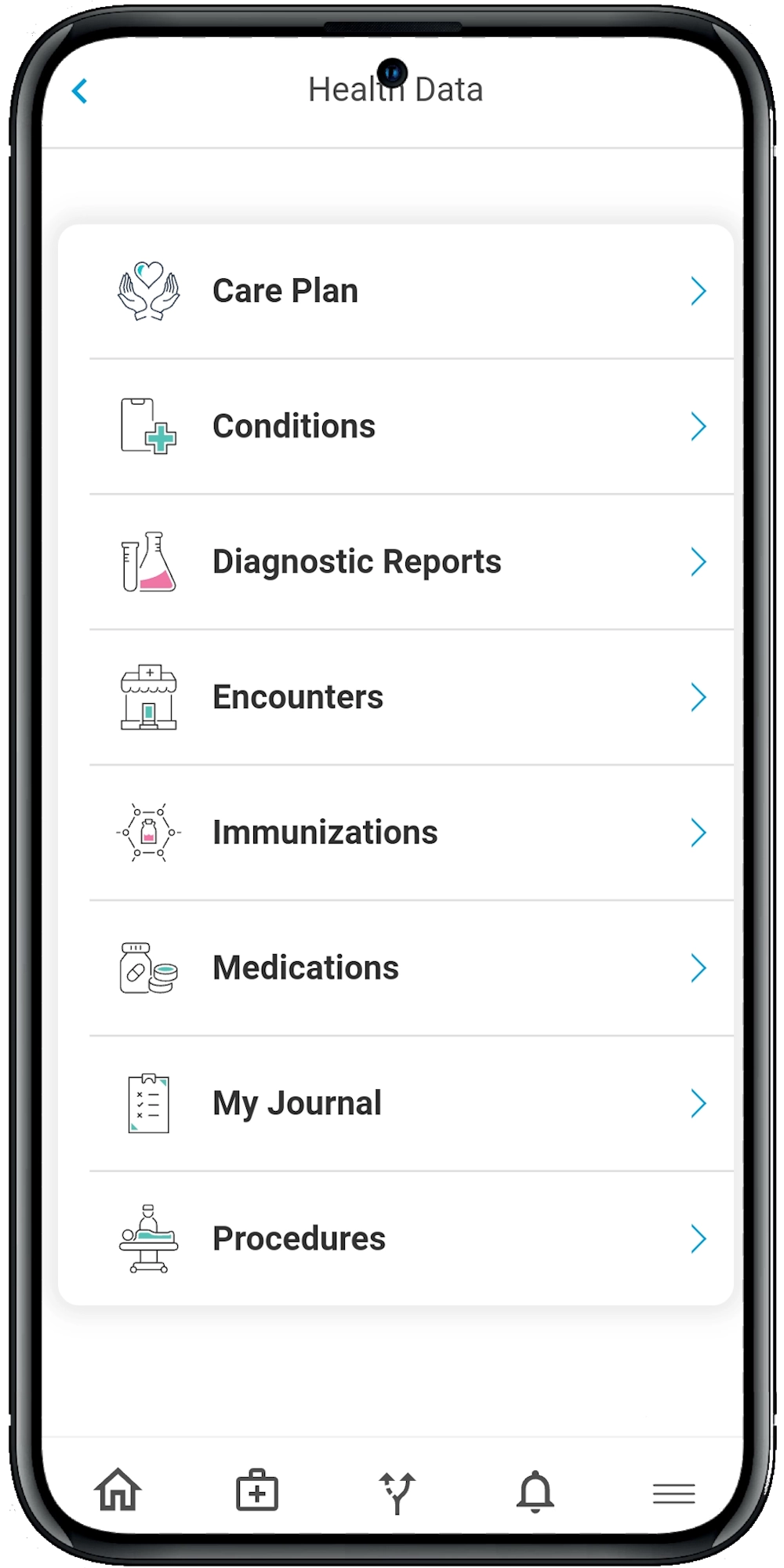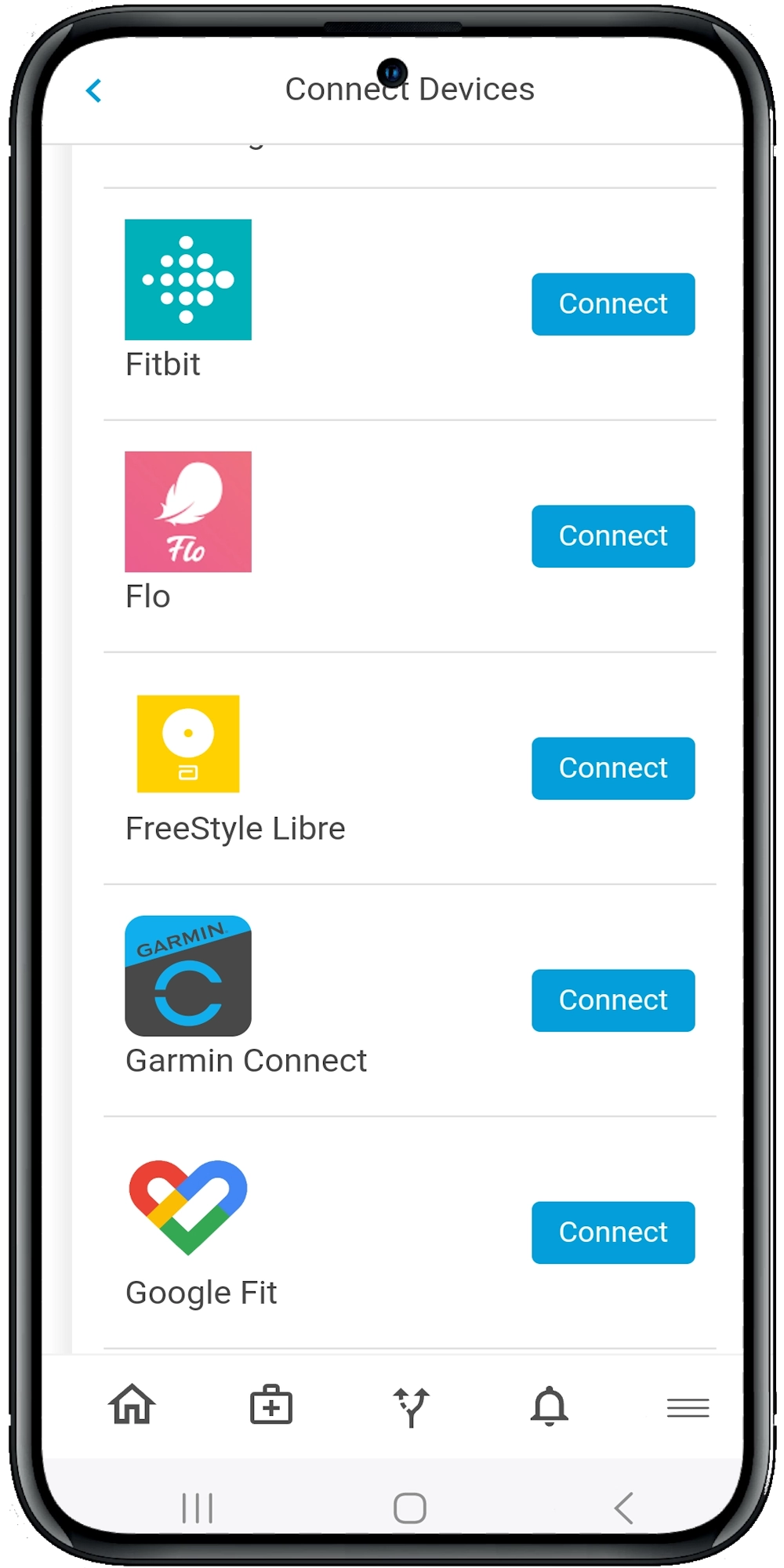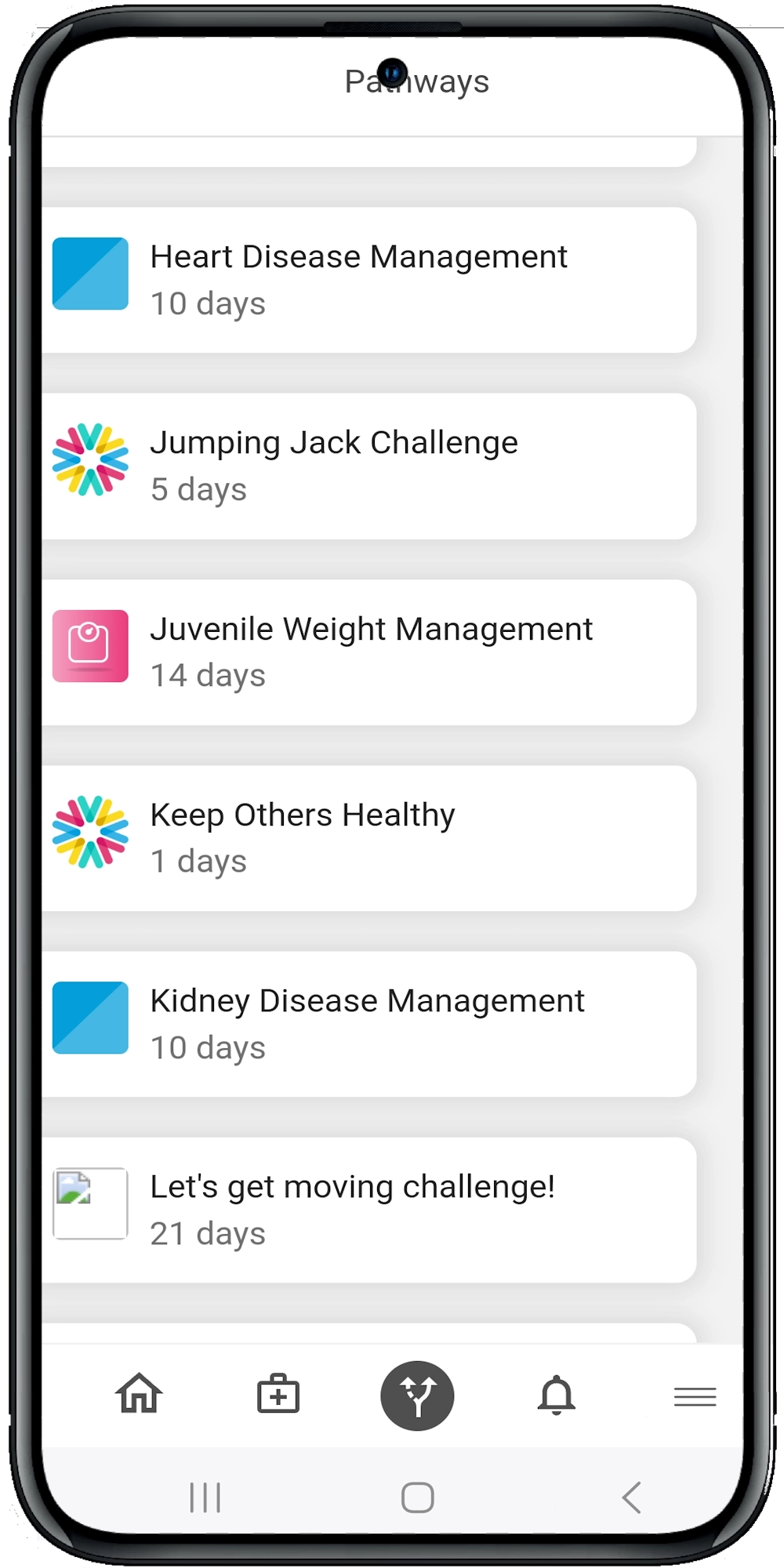The Role of Digital Health in Modernizing Ambulatory Surgery Centers
In today’s fast-paced medical world, ambulatory surgery centers (ASCs) need to stay ahead of the curve. Digital health tools are revolutionizing how these centers operate, making them more efficient, effective, and patient-friendly. But what exactly does that mean for you, the healthcare professional? Let’s dive into the transformative role of digital health in modernizing ASCs.
Streamlining Operations with Electronic Health Records (EHRs)
Gone are the days of bulky paper files and manual record-keeping. Electronic Health Records (EHRs) have become the backbone of modern ASCs. They offer a centralized, easily accessible platform for storing patient information, medical histories, and treatment plans.
Benefits of EHRs:
- Improved Accuracy: Minimize errors with digital entries.
- Accessibility: Access patient records anytime, anywhere.
- Efficiency: Speed up administrative tasks, freeing up time for patient care.
Imagine having all your patient data at your fingertips, reducing the time spent on paperwork and allowing you to focus on what truly matters—providing excellent care.
Enhancing Patient Engagement with Telehealth
Telehealth has become a buzzword in recent years, and for good reason. It allows for remote consultations, follow-ups, and even pre-operative assessments, making healthcare more accessible and convenient for patients.
Advantages of Telehealth:
- Convenience: Patients can consult their doctors from the comfort of their homes.
- Reduced No-Shows: Fewer missed appointments mean better continuity of care.
- Expanded Reach: Serve patients in remote or underserved areas.
Think of telehealth as a bridge, connecting you to your patients no matter where they are. It’s like having a virtual clinic that operates 24/7.
Improving Surgical Outcomes with Data Analytics
Data analytics is transforming the surgical landscape by providing insights that were previously unimaginable. By analyzing large sets of data, ASCs can identify trends, predict outcomes, and make data-driven decisions.
Key Uses of Data Analytics:
- Predictive Analytics: Forecast patient outcomes and potential complications.
- Performance Metrics: Measure and improve surgical performance.
- Resource Allocation: Optimize the use of surgical tools and staff.
Consider data analytics as your crystal ball, offering a glimpse into the future and helping you make informed decisions that enhance patient care and operational efficiency.
Boosting Efficiency with Automated Scheduling
Scheduling surgeries can be a logistical nightmare. Automated scheduling systems simplify this process, ensuring that resources are optimally allocated, and surgeries are scheduled without conflicts.
Benefits of Automated Scheduling:
- Reduced Errors: Minimize scheduling conflicts and double-bookings.
- Time-Saving: Free up administrative staff for other tasks.
- Improved Patient Experience: Ensure timely surgeries and reduce wait times.
Imagine a world where scheduling is as easy as clicking a button. Automated systems take the guesswork out of the equation, making your ASC run like a well-oiled machine.
Enhancing Communication with Secure Messaging
Effective communication is crucial in any healthcare setting. Secure messaging platforms ensure that all communications between healthcare professionals are encrypted and compliant with regulations like HIPAA.
Advantages of Secure Messaging:
- Instant Communication: Quick and efficient communication between staff.
- Security: Protect sensitive patient information.
- Documentation: Maintain a record of all communications.
Think of secure messaging as your ASC’s private chat room, where important conversations happen instantly and securely.
Reducing Errors with Clinical Decision Support Systems (CDSS)
Clinical Decision Support Systems (CDSS) provide real-time assistance to healthcare professionals, offering evidence-based recommendations and alerts to prevent errors.
Uses of CDSS:
- Medication Alerts: Avoid potential drug interactions.
- Guideline Adherence: Ensure compliance with best practices.
- Diagnostic Support: Aid in accurate diagnosis and treatment plans.
Imagine having a knowledgeable assistant by your side, offering guidance and reminders to ensure you’re making the best clinical decisions.
Facilitating Post-Operative Care with Remote Monitoring
Post-operative care is crucial for patient recovery. Remote monitoring tools allow healthcare professionals to track patient progress and intervene if complications arise.
Benefits of Remote Monitoring:
- Continuous Care: Monitor patients 24/7 from their homes.
- Early Intervention: Detect and address issues before they escalate.
- Patient Engagement: Encourage patients to take an active role in their recovery.
Think of remote monitoring as a safety net, catching potential issues before they become serious problems.
Summary
Digital health tools are not just an added convenience; they are essential for modernizing ambulatory surgery centers. From EHRs to telehealth, data analytics, and remote monitoring, these technologies are transforming the way ASCs operate, making them more efficient and patient-centric. Ready to take your ASC to the next level? Explore our resources or schedule a demo to learn more about our digital health platform and solutions.




